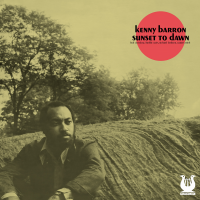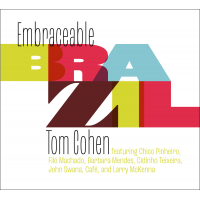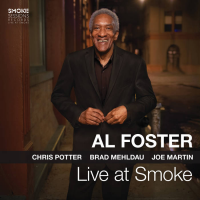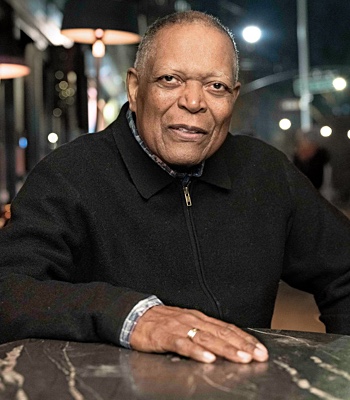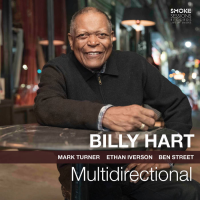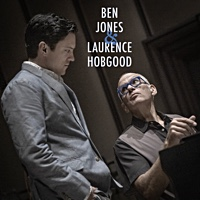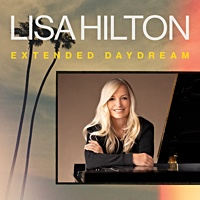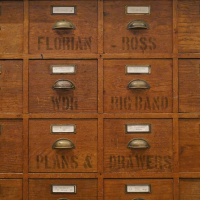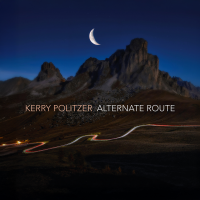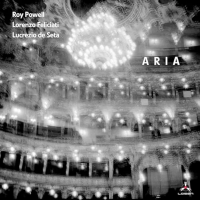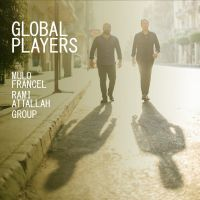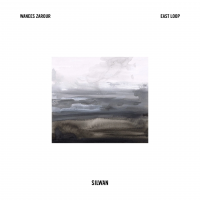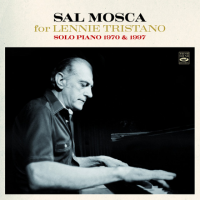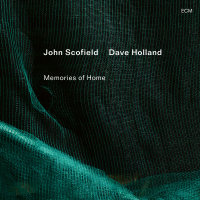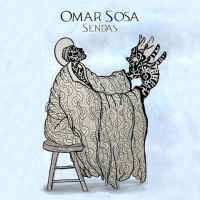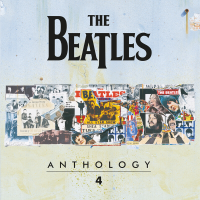Home » Jazz Articles » Album Review » Kenny Barron: Sunset To Dawn
Kenny Barron: Sunset To Dawn
By 1973, Barron had already built an impressive résumé, having worked with Dizzy Gillespie, Freddie Hubbard and Yusef Lateef. Still, Sunset To Dawn marked his personal statement as a display of compositional maturity and pianistov poise. It is an album rooted in post-bop language but gently infused with the textures of early electric jazz. Barron switches between acoustic and electric piano, creating a sound that is both steady and exploratory, always driven by his unwavering rhythmic sensibility. Joining him on this pioneering session were Bob Cranshaw on electric bass, Freddie Waits on drums, Richard Landrum on congas and percussion and Warren Smith on vibraphone and percussion.
Opening with the title track "Sunset," Barron crafts a gently flowing mood on electric piano, with the harmonies emanating an after-hours melancholy. His phrasing is fluid and considered. The rhythm section produces a hovering effect, lush but never muddled. Cranshaw's flexible electric bass and Waits' shimmering approach lend a modern, subtly funky conversation. "A Flower" is an unaccompanied, reflective acoustic piano piece that demonstrates Barron's talent for melodic understatement. This is not formless improvisation but is built around a central theme and melodic progression. Its elegance increases as Barron develops his ideas organically, expanding the lyrical shapes and characteristic embellishments. "Swamp Demon" presents a very different mood. It is earthy and percussive, buoyed by rhythmic support and Barron's probing electric piano lines. There is a playfulness in its groove, perhaps a nod to Herbie Hancock's fusion experiments of that era. Yet Barron's perspective remains definitively his own—more lyrical than technical, more expressive than experimental.
"Al-Kifha" was written and arranged by Waits and played at an impossibly fast blues tempo. Barron covers the keyboard with such speed that one can only imagine his hands traversing the keys in a blur. Cranshaw's bass lines are frenzied, complemented by Waits' sparkling cymbals. Toward the end, there is a brief Crenshaw-Smith exchange that brings back the theme. Barron moves back to the acoustic piano for "Delores Street, S.F.," aiming to evoke a sense of place. Its lively theme and open voicings suggest a bright California morning, with Cranshaw, Waits and Landrum breathing easily beneath. There is a relaxed conversational quality in Barron's phrasing that enhances his gift for melodic storytelling. "Dawn," the companion piece to the opener, finishes with quiet majesty as Barron returns to the electric piano. Through Barron's quick fingers, his playing gradually builds progression, creating images as though awakening from darkness, bringing the album's cycle of light and shadow to a satisfying close. Half a century later, this release stands as a powerful debut statement from a pianist who would become one of jazz's most revered figures.
Track Listing
Sunset; A Flower; Swamp Demon; Al-Kifha; Delores S.F.; Dawn.
Personnel
Kenny Barron
pianoBob Cranshaw
bassFreddie Waits
drumsRichard Landrum
percussionWarren Smith
drumsAlbum information
Title: Sunset To Dawn | Year Released: 2025 | Record Label: Time Traveler Recordings
Tags
PREVIOUS / NEXT
Kenny Barron Concerts
Support All About Jazz
 All About Jazz has been a pillar of jazz since 1995, championing it as an art form and, more importantly, supporting the musicians who make it. Our enduring commitment has made "AAJ" one of the most culturally important websites of its kind, read by hundreds of thousands of fans, musicians and industry figures every month.
All About Jazz has been a pillar of jazz since 1995, championing it as an art form and, more importantly, supporting the musicians who make it. Our enduring commitment has made "AAJ" one of the most culturally important websites of its kind, read by hundreds of thousands of fans, musicians and industry figures every month.


